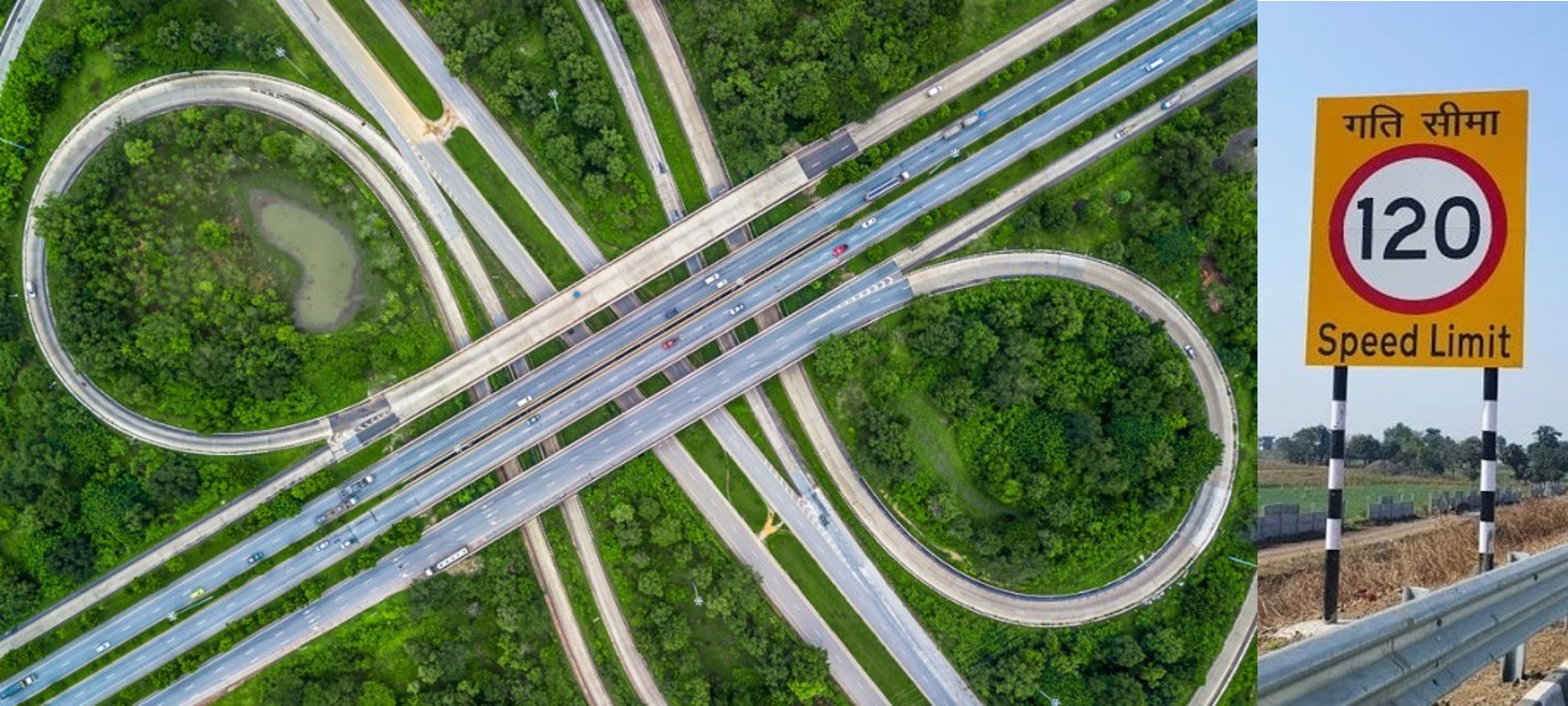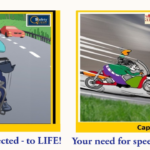India has seen a huge improvement in road infrastructure in the past few years. World class expressways have been built with other development planned alongside to help road users. Two such examples are the Mumbai-Nagpur Samruddhi Expressway (picture above) that has a max speed limit of 120 kmph, and the Bengaluru-Mysuru Expressway that has a max speed limit of 100 kmph.
These corridors have drastically cut down the time taken to travel between the cities as the vehicles zip through at high speed. But along with it, comes a dismal track record of road safety. In the 6 months of this year, 512 accidents were reported on the Bengaluru Expressway, with 123 fatalities. In the same period, the Samrudhhi Expressway has witnessed 616 accidents with 88 fatalities. The pictures below show the severity of crashes seen on these highways.
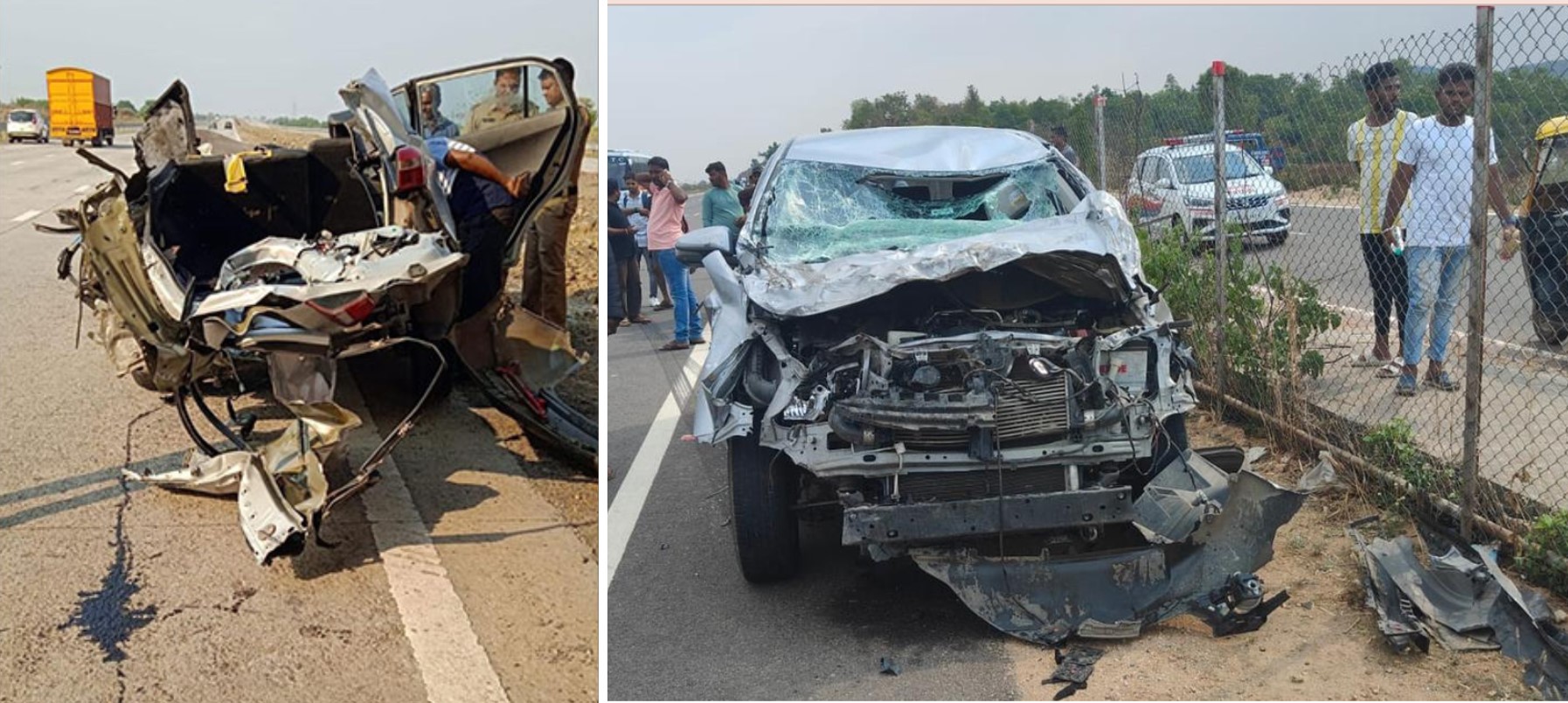
Highway hypnosis has been projected to be one of the possible reasons for this. This is when the driver gets into a trance-like state because of the monotony of the drive, possibly combined with .There is not enough data or analysis to conclude this.
Action is required on multiple fronts:
Some of these actions will take time to implement, and even longer time to show results. I have a couple of suggestions that can make a difference in the short term.
Scaling up the Zero Fatality Corridor Initiative
https://savelifefoundation.org/zero-fatality-corridor/
This initiative, since 2016, between SaveLife Foundation, with the Maharashtra state highway police, Maharashtra state highway authorities and Mahindra & Mahindra has worked to make the Mumbai-Pune expressway a ‘Zero fatality corridor’.

Quoting from the website “Multiple 360° interventions across the 4 E’s of RoadSafety- Engineering, Enforcement, Emergency Care & Engagement taken over the last few years, have helped reduce the fatality on the expressway to a certain extent. Over 2016-’20 this joint initiative has been able to demonstrate a 52% decline in road crash deaths from 151 in 2016 to 66 in 2020 (The impact percentage has been corrected downwards to account for Covid 19 lockdown). The severity of crashes, defined as the number of deaths per 100 crashes, has also come down from 53.5 per cent to 24.8 percent in these three years. This has happened, even as traffic volumes on the expressway have risen continuously from 3.6 million vehicles in 2016 to 4.2 million vehicles in 2019.”
It is imperative that we take the lessons from the ZFC initiative, scale them up, and implement them on the new highways on war footing. As new highways are being built the ZFC recommendations should be implemented before the highways are inaugurated. Even better, these safety recommendations should be incorporated into the design of the road and the related operations. The Ministry of Road Transport and the respective highway authorities should take the lead with these proactive steps to boost the safety on these high speed corridors and not wait for the crashes to mount before taking action. Just like Mahindra and Mahindra came forward for the ZFC initiative, other corporates along expressways can be roped in to make a meaningful difference with their CSR contributions.
Control Speed to Control Crashes
What is the foremost reason for the nature and severity of the crashes on the expressways? Not surprisingly, it is the speed!
Are our drivers trained and familiar with driving at speeds of 100 kmph and 120 kmph? Definitely not!
Do we regularly check our vehicles and maintain them in great condition to handle the high speeds? Many of us may not even be aware of what is required.
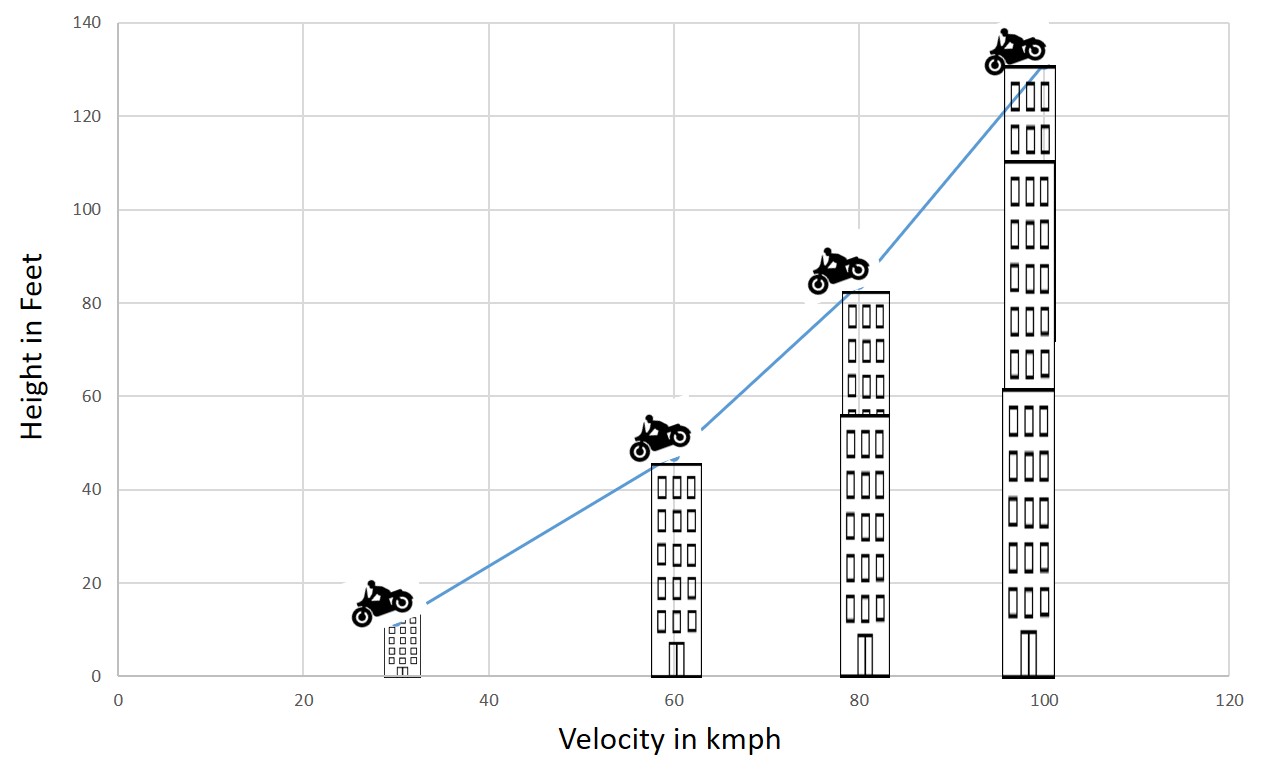
At high speed, it is more difficult to control the vehicle, chances of skidding or tyre burst increase, and speed amplifies every single error. In the event of a crash, the kinetic energy acquired by the vehicle is dissipated in the form of heat and sound, and that is what causes all the damage to vehicles, to other objects, and to people. The kinetic energy acquired by a car travelling at 100 kmph is equivalent to the car falling off a 13 storey building. At 120 kmph, it is equivalent to the car falling off a 19 storey building! And the bigger the car, greater the energy, greater the damage on impact.
So one of the best way to control crashes and the impact due to crashes is to control the speed. I know I am voicing an unpopular opinion, but I will say : We do not need such high speeds on our expressways at this point. Note that the max speed limit on the Mumbai-Pune expressway was 80 kmph! It was recently moved up to 100 kmph, but that is not required. Having a steady drive at 80 kmph is itself a big improvement over the previous speeds.
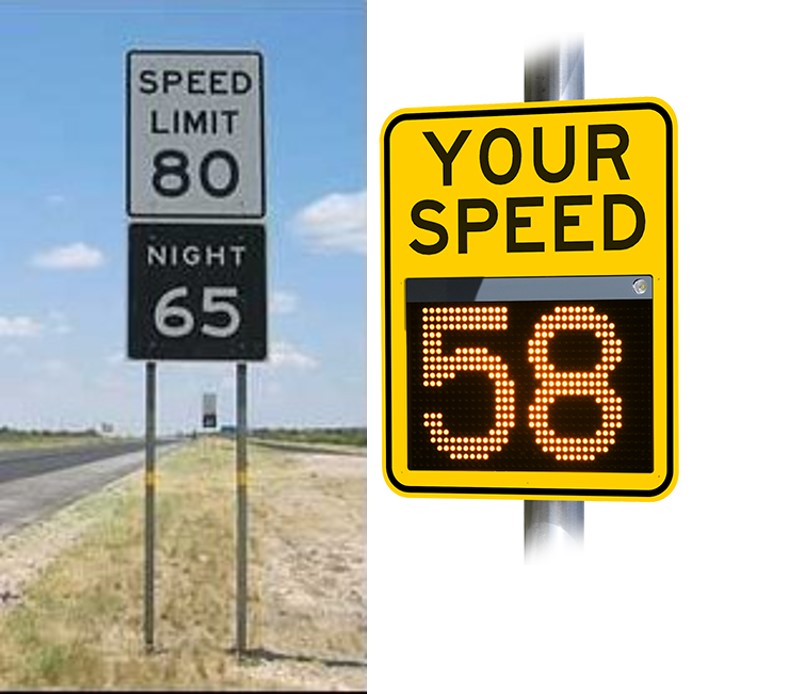 So let us keep the max speed limit at 80 kmph.
So let us keep the max speed limit at 80 kmph.
Further, since the visibility at night is worse, and judgement can be hampered, it is advisable to have a lower speed limit between sundown to sunrise. Some countries have implemented such measures with good success.
With the help of radars, the driver can receive feedback in real time to reduce speed. By using electronic speed limit signs that are strategically placed, the limit could be controlled even in other situations – like bad weather, road maintenance, some obstructions ahead, etc.
Let us implement safe systems, and improve the track record on safety before we increase speed limits on our expressways. Our first priority should be to ensure that the people are able to reach their destination safely, and that they continue to drive, they continue to enjoy their drive.
I would also like to reference The Hindu In Focus podcast featuring Ranjit Gadgil who covers various aspects of road safety on highways, and also stresses the need to control speed limits.
References
Bengaluru-Mysuru Expressway RTA report
Samruddhi Expressway RTA report
Accident Pic 1
Accident Pic 2

